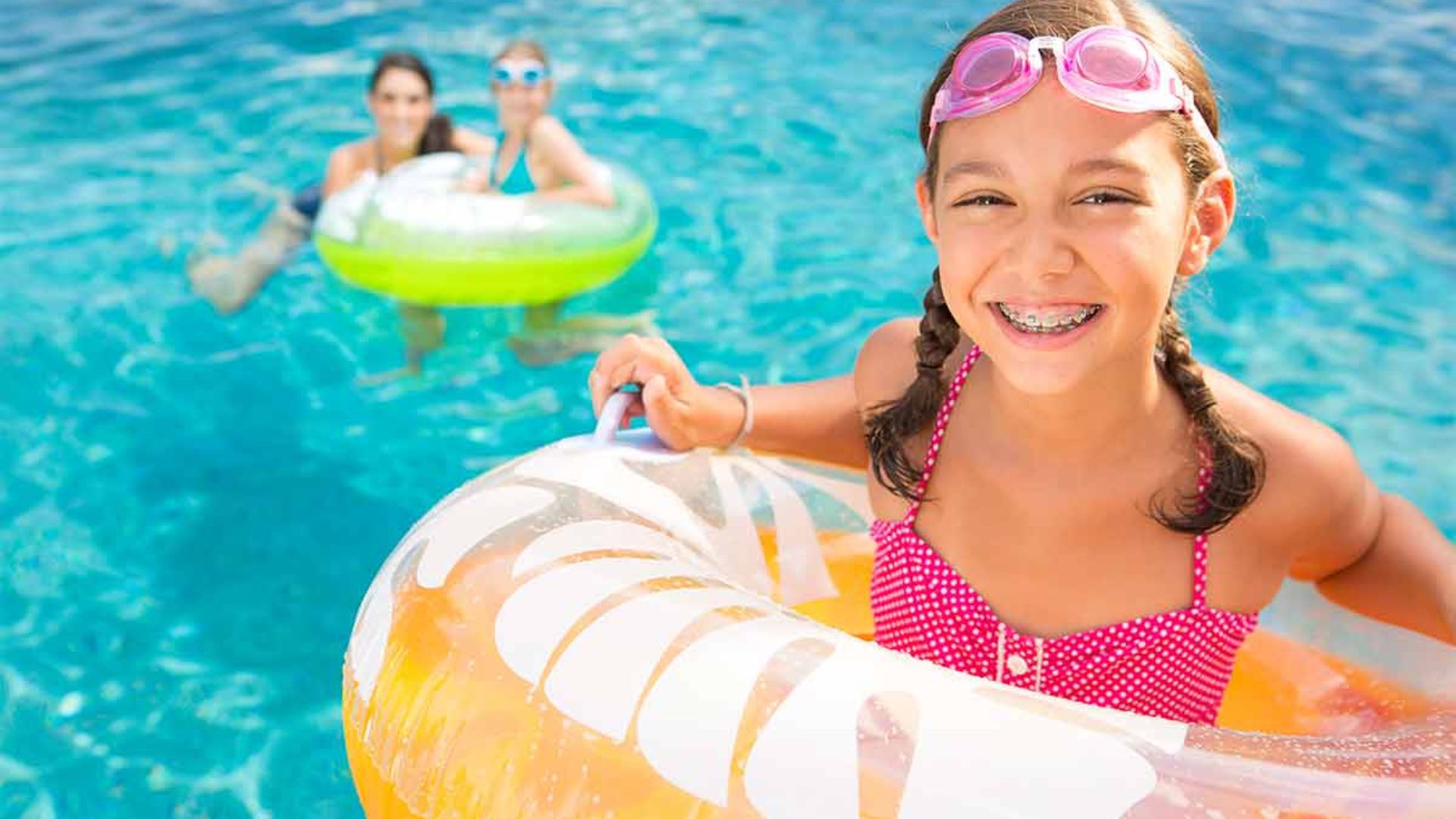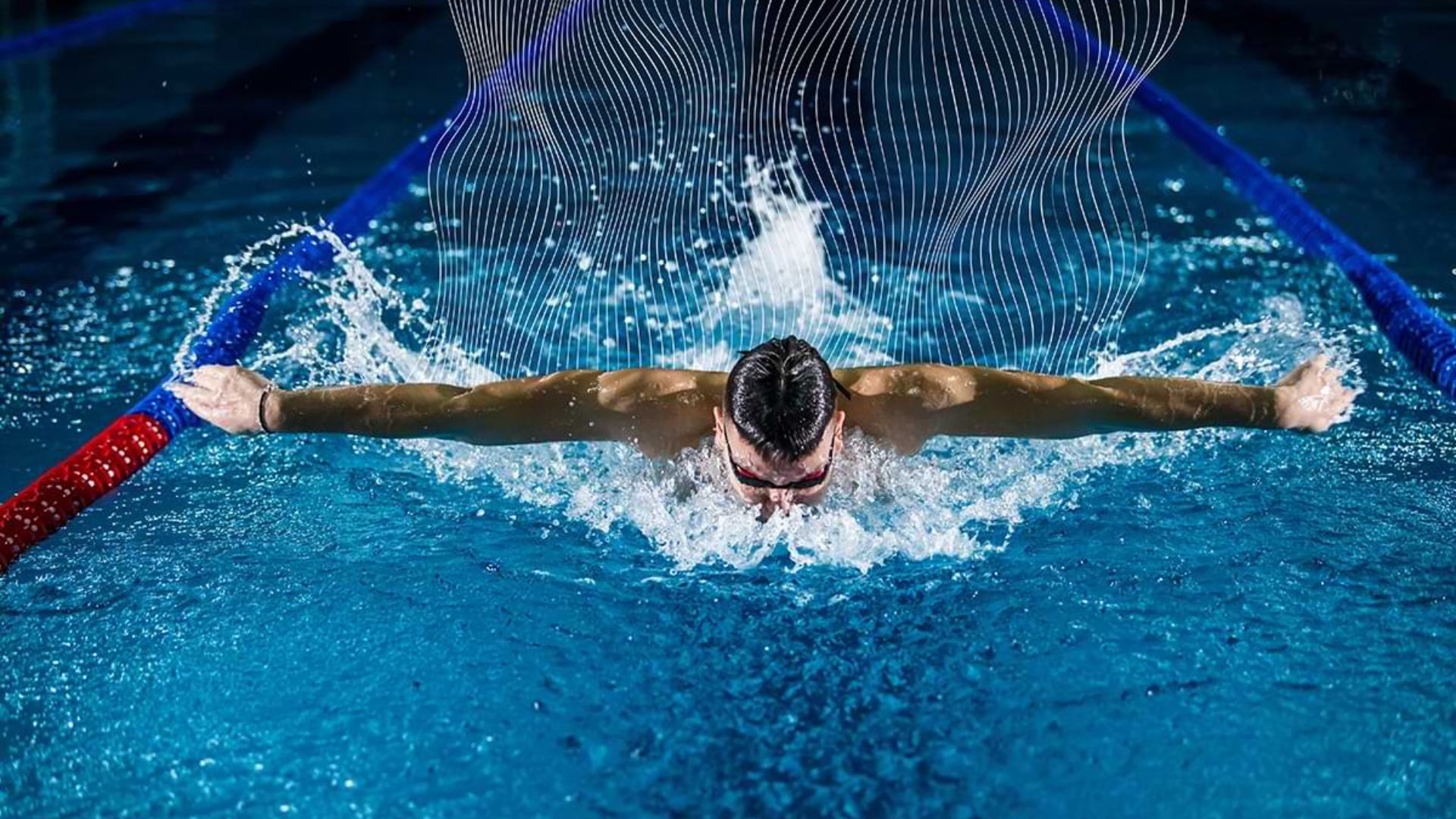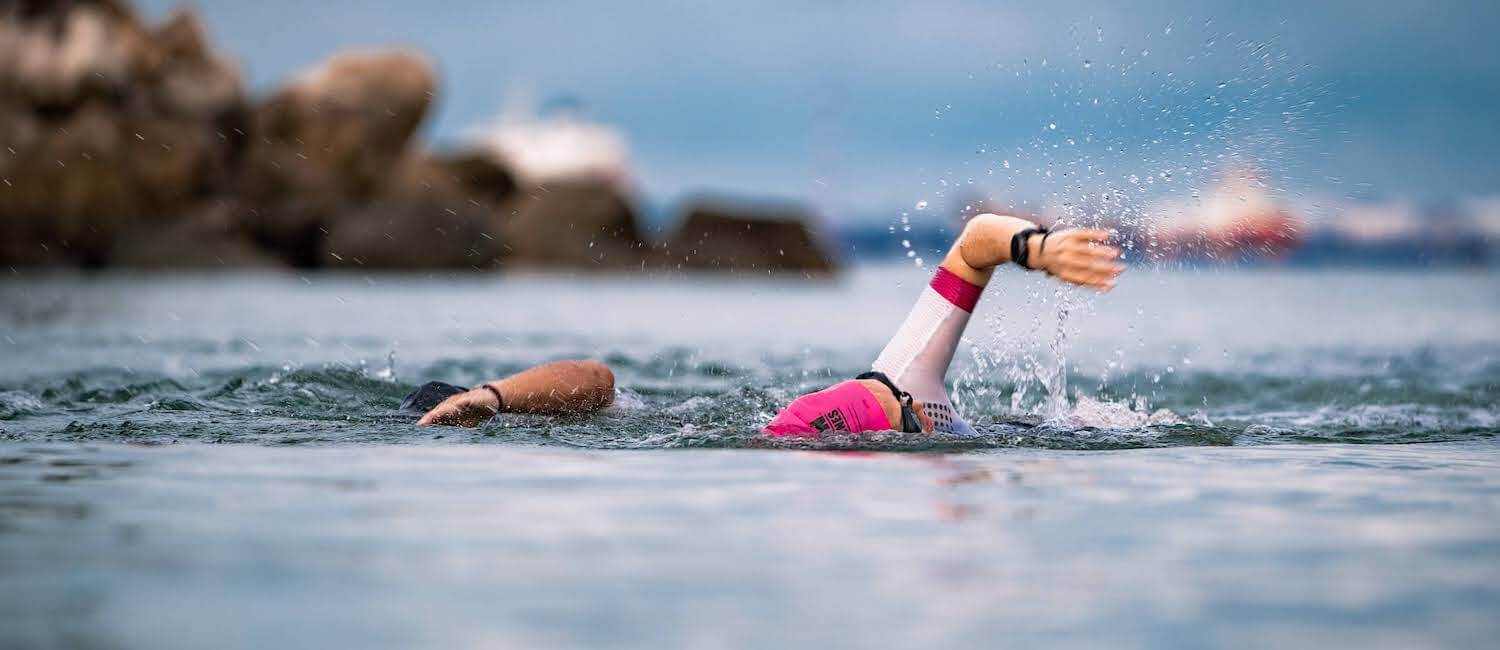Staying cool during summer swimming club activities is crucial for comfort and performance. Here are effective tips to beat the heat:

Hydration is Key
Stay hydrated before, during, and after swimming sessions. Drink water regularly to replenish fluids lost through sweating.
Proper hydration is essential in hot weather to maintain optimal performance and prevent heat-related illnesses. Drink water throughout the day, not just during swimming sessions, to stay hydrated. Consider carrying a water bottle to sip on during breaks and ensure easy access to water at the club’s facilities. Avoid sugary drinks and excessive caffeine, as they can contribute to dehydration. Monitoring your urine color can also help gauge hydration levels—pale yellow or clear urine indicates adequate hydration.
Wear Appropriate Swim Gear
Choose lightweight, breathable swimwear and swim caps that offer sun protection. Consider wearing a rash guard or swim shirt for additional UV protection.
Opt for swimwear made from lightweight, breathable fabrics that allow for optimal ventilation and comfort during hot weather. Swim caps made from materials that wick moisture away from the skin can help keep your head cool while swimming. Additionally, consider wearing a rash guard or swim shirt with UV protection to shield your skin from the sun’s harmful rays. This not only helps prevent sunburn but also keeps you cooler by reducing direct exposure to sunlight.
Apply Sunscreen
Apply waterproof sunscreen with a high SPF rating before swimming. Reapply sunscreen every two hours, especially if you’re swimming for extended periods.
Protecting your skin from the sun is crucial during outdoor swimming activities. Apply sunscreen with a broad-spectrum SPF of 30 or higher to all exposed skin areas, including your face, ears, neck, and any other areas not covered by swimwear.
Choose a waterproof sunscreen to maintain protection while in the water, and reapply every two hours or immediately after swimming or sweating heavily. Pay special attention to vulnerable areas like the shoulders, back, and tops of feet, as they are often exposed to direct sunlight during swimming.
Take Breaks in the Shade
Schedule regular breaks in shaded areas to cool down and rest between swimming sessions. Avoid prolonged exposure to direct sunlight during peak hours.
Seeking shade during breaks helps regulate body temperature and prevents overheating during summer swimming activities. Plan rest periods in shaded areas between swim sessions to allow your body to cool down naturally. Bring a lightweight, portable umbrella or canopy to create your shade if shaded areas are limited at the club’s facilities. Avoid prolonged exposure to direct sunlight, especially during peak hours between 10 a.m. and 4 p.m., when UV radiation is strongest and temperatures are highest.
Cool Off with Water Activities
Take advantage of club facilities with access to cool water features, such as pools, splash pads, or misting stations, to lower body temperature.
Incorporating water-based activities into your summer swimming club routine can help you stay cool and refreshed. Utilize club pools or nearby bodies of water to take brief dips or quick swims between activities. If available, take advantage of splash pads or misting stations to cool off and lower your body temperature during breaks. Consider organizing fun water games or exercises that encourage active cooling while maintaining hydration levels.
Listen to Your Body
Pay attention to signs of heat exhaustion or dehydration, such as dizziness, nausea, headache, or excessive fatigue. Take immediate steps to cool down and seek medical attention if symptoms persist.
Monitoring your body’s response to heat is essential for preventing heat-related illnesses during summer swimming activities. Be aware of symptoms like dizziness, nausea, headache, muscle cramps, or excessive sweating, which may indicate dehydration or heat exhaustion. If you experience any of these symptoms, stop swimming immediately, move to a shaded or cooler area, and rehydrate with water or a sports drink containing electrolytes. Use cool compresses or immerse yourself in cold water to lower body temperature. Seek medical attention promptly if symptoms worsen or persist despite self-care measures.
Conclusion
Staying cool during summer swimming club activities involves proactive hydration, wearing suitable swim gear, applying sunscreen, taking breaks in shaded areas, enjoying water activities, and listening to your body’s signals. By implementing these strategies, you can enhance your comfort, performance, and safety while enjoying outdoor swimming in hot weather.
By following these tips, you can enjoy your summer swimming club activities while staying cool and comfortable even in the hottest weather conditions.



